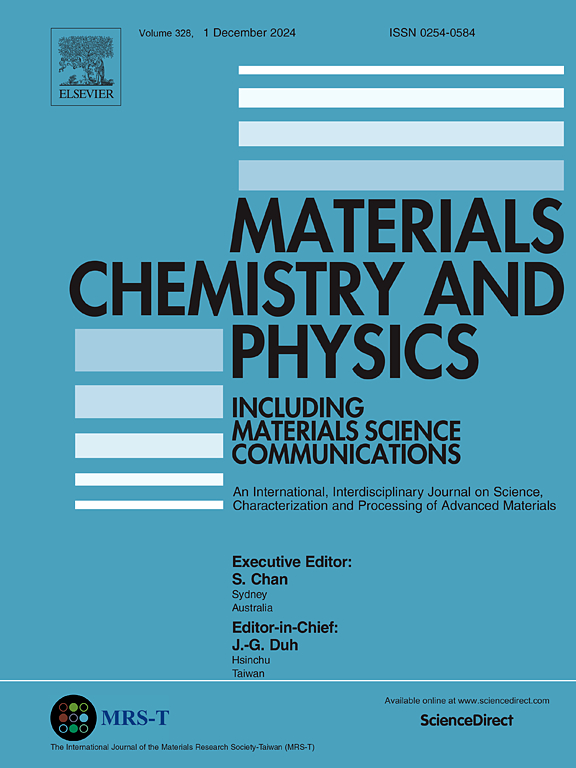Effects of dissolved oxygen accelerated P. aeruginosa on the corrosion mechanism of X70 steel in simulated marine environments
IF 4.3
3区 材料科学
Q2 MATERIALS SCIENCE, MULTIDISCIPLINARY
引用次数: 0
Abstract
Dissolved oxygen exerts a complex influence on microbial corrosion in marine environments. This paper investigates the effects of dissolved oxygen on the corrosion behavior of X70 steel in seawater, both in the presence and absence of P. aeruginosa, through electrochemical testing, surface morphology observation, corrosion weight loss analysis, and elemental analysis of corrosion products. The findings reveal that the uniform corrosion rate in the anaerobic P. aeruginosa seawater environment was lower than that in sterile seawater; however, localized corrosion was markedly severe, with pitting pits reaching a maximum width of 578.38 μm and a maximum depth of 49.938 μm—significantly greater than the maximum depth of 29.606 μm observed under sterile conditions. P. aeruginosa formed a biofilm on the steel substrate, which promoted localized corrosion. The introduction of dissolved oxygen accelerated the overall corrosion of X70 steel in the presence of marine P. aeruginosa, yielding a maximum corrosion rate of 45.62 mpy after 7 days of immersion, approximately two orders of magnitude greater than the corrosion rate under anaerobic conditions. The presence of dissolved oxygen enhanced the metabolic activity of P. aeruginosa, facilitated redox reactions in the steel matrix, and resulted in the formation of extensive metal oxide and microbial films. These metal oxides, primarily consisting of Fe3O4, FeOOH, and Fe2O3, combined with microbial cinema to create a composite product layer, significantly impacting the overall corrosion of X70 steel and promoting localized corrosion to a considerable extent.
求助全文
约1分钟内获得全文
求助全文
来源期刊

Materials Chemistry and Physics
工程技术-材料科学:综合
CiteScore
8.70
自引率
4.30%
发文量
1515
审稿时长
69 days
期刊介绍:
Materials Chemistry and Physics is devoted to short communications, full-length research papers and feature articles on interrelationships among structure, properties, processing and performance of materials. The Editors welcome manuscripts on thin films, surface and interface science, materials degradation and reliability, metallurgy, semiconductors and optoelectronic materials, fine ceramics, magnetics, superconductors, specialty polymers, nano-materials and composite materials.
 求助内容:
求助内容: 应助结果提醒方式:
应助结果提醒方式:


